Khu phi quân sự vĩ tuyến 17
( Vietnamese Demilitarized Zone )The Vietnamese Demilitarized Zone was a demilitarized zone at the 17th parallel in Quang Tri province that was established as the dividing line between the two countries i.e. North Vietnam and South Vietnam from 22 July 1954 to 2 July 1976 when Vietnam was officially divided into the two military gathering areas, which was intended to be sustained in the short term after the First Indochina War.
During the Vietnam War (1955–1975) it became important as the battleground demarcation between communist North Vietnam and anti-communist South Vietnam. The zone de jure ceased to exist with the reunification of Vietnam in 1976.
 The Demilitarized Zone between North and South Vietnam, March 1968, looking west toward Laos.
The Demilitarized Zone between North and South Vietnam, March 1968, looking west toward Laos.The First Indochina War (also called the French Indochina War) was fought in French Indochina where was usually and shortly called "Indochina" from 1946 to 1954 between the French Union (including the anti-communist State of Vietnam) on the one side, and the communist-dominated Viet Minh/Democratic Republic of Vietnam and allies (aided by China and the Soviet Union) on the other.[1] The Viet Minh won the war after their victory in Dien Bien Phu on 7 May 1954. On 22 July 1954, the French Union gave up its control of Vietnam when the agreement between France and the Democratic Republic of Vietnam in Geneva took effect, Vietnam was de facto divided into two countries: North Vietnam (Democratic Republic of Vietnam, capital is Hanoi) and South (State of Vietnam, capital is Saigon).[1]
The postcolonial conditions of Vietnam were set at the Geneva Conference of 1954, and an agreement about Vietnam (as parts of the three ones about French Indochina) was signed between France and the Democratic Republic of Vietnam on 21 July 1954.[1] The agreement reflected the military situation on the ground: the northern part of Vietnam, which was almost entirely controlled by the Viet Minh, became the Democratic Republic of Vietnam, under the communist leader Ho Chi Minh. The southern part of Vietnam, where the Viet Minh controlled only relatively small and remote areas, became the independent State of Vietnam under Bảo Đại, the last scion of the old Vietnamese imperial house. The State of Vietnam later became the Republic of Vietnam after the 1955 South Vietnam referendum, ruled by Ngo Dinh Diem. A temporary boundary, running primarily along the Ben Hai River was established pending elections, with the area on either side of the border declared a demilitarized zone. Troops of both governments were barred from that area.[2]
After war between North and South Vietnam broke out in 1955 - one year after the division - the DMZ hardened into a de facto international boundary. The war itself evolved into a proxy conflict of the Cold War and millions of American troops as well as allied soldiers were sent to the country to help the anti-communist government of South Vietnam against communist North Vietnam from 1965 to 1973. Despite the DMZ's supposed status, 3rd Marine Division intelligence estimated that the combat strength of North Vietnamese Army and the Viet Cong (a branch of the North Vietnam army but nominally an independent organization, also against the South Vietnamese government) in the DMZ area in January 1968 was 40,943 troops.[3]
The North was ultimately victorious in the war and the Republic of Vietnam's government collapsed on 30 April 1975, and the DMZ ceased to exist after the reunification of two Vietnamese countries under a communist regime between North Vietnam and South Vietnam (Republic of South Vietnam, de facto controlled by the Viet Cong and the North) on 2 July 1976.


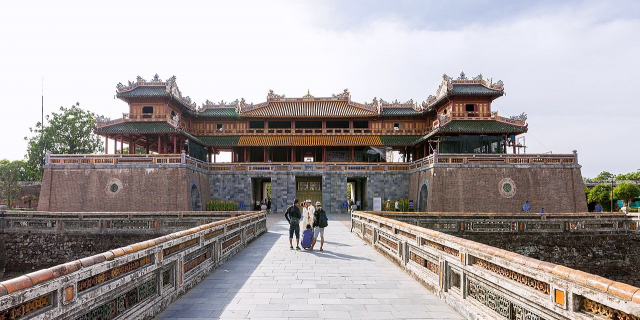



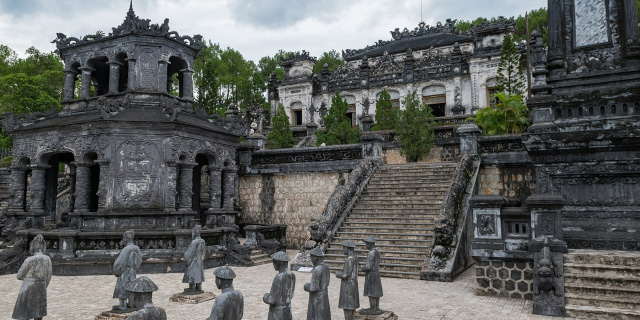
![Jérémie B. - CC BY-SA 4.0 [node:title]](/sites/default/files/styles/640x320/public/pla/images/2021-03/Hang_%C3%89n_Cave_-_201505_-_JB.jpg?h=1c9b88c9&itok=-XbNuGkx)

![Doug Knuth from Woodstock, IL - CC BY-SA 2.0 [node:title]](/sites/default/files/styles/640x320/public/pla/images/2021-03/Son_Doong_Cave_5_0.jpg?h=d2afc48b&itok=J-ENajWM)







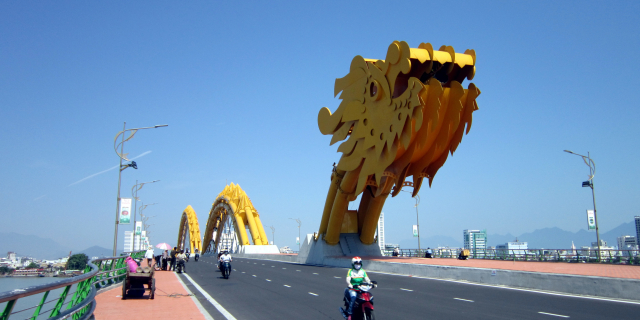
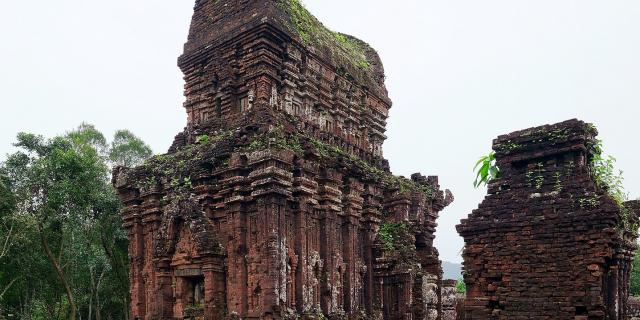
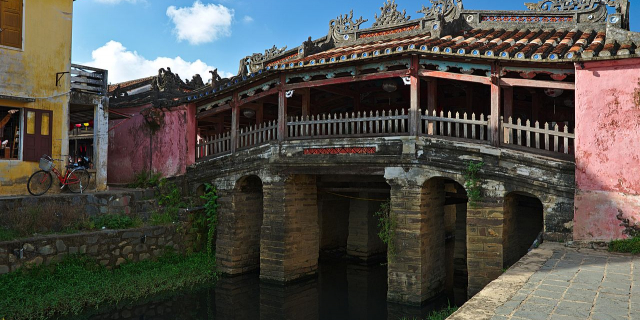
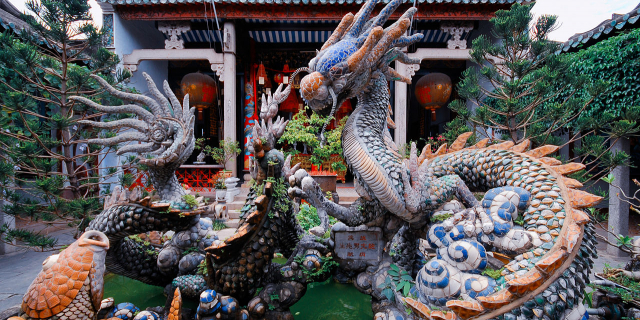






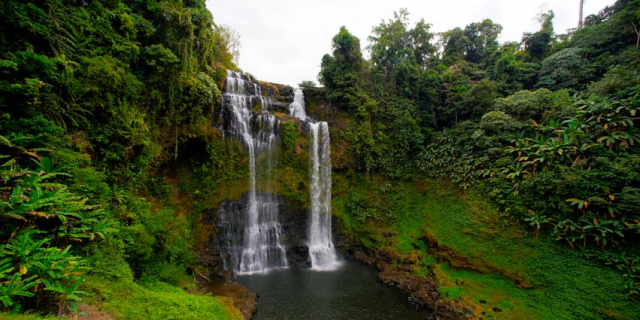



Add new comment